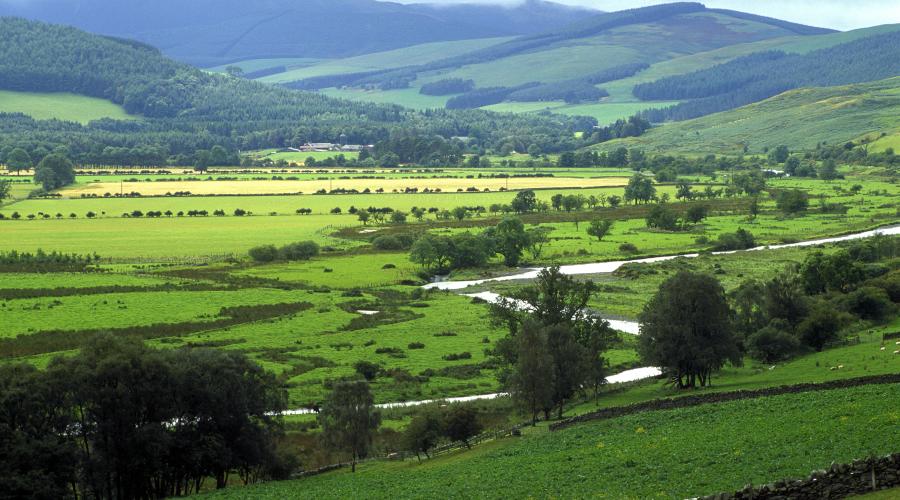
The environmental implications of Pillar 1 CAP reform 2014-20
Since its formation the work of the Land Use Policy Group (LUPG) has focused on examining the environmental impacts of the Common Agricultural Policy (CAP) as well as a range of topics related to agriculture, woodlands and other rural land uses.
As agriculture policy evolves we are interested in examining the potential impacts of a changing agricultural policy and the new post CAP context on the farmed environment in the UK.
The CAP is one of the major drivers of land use within the European Union. For this reason we have long been interested in the environmental impacts of the direct payments regime as well as those resulting from the rural development measures. In particular the introduction of the greening measures are one of the most significant changes introduced during the most recent round of CAP reform.
Two 2016 LUPG reports ask what is the most cost-effective way to encourage basic environmental management across the farmed countryside in the European Union. They consider the introduction of green payments into Pillar 1 of the Common Agricultural Policy as part of the 2013 reform.
Scoping the environmental implications of Pillar 1 reform 2014-20






